Is the same price in the case of choosing a ternary lithium battery or lithium iron phosphate? General preference for ternary lithium, which can have better range and low-temperature resistance characteristics.
However, under normal circumstances will not have such a choice, because lithium iron phosphate(LiFePO4) and lithium ternary(NCM) manufacturing costs there is certain gap, in general, the high with the electric car models with ternary lithium batteries, low with the electric car with lithium iron phosphate. The following article explains the difference between ternary lithium batteries and lithium iron phosphate batteries.
1, ternary lithium(NCM) high energy density
Ternary lithium energy density is generally 180-230Wh/kg, and high nickel ternary lithium battery is easy to reach 250Wh/kg, but high nickel will increase battery instability.
Lithium iron phosphate energy density is generally 140-160 Wh/kg, the highest or up to 180Wh/kg. blade battery is also a lithium iron phosphate, as the first generation of blade battery energy density of 140 Wh/kg, and the second generation achieved 180 Wh/kg.
To be precise, the battery energy density is divided into weight energy density and volume energy density, the former that we often talk about, the latter is less attention, but also very important. Such as the blade battery structure innovation, and volume energy density is from 251Wh / L to 320Wh / L, although the weight energy density is not high, but the range caught up with the ternary lithium.
2, ternary lithium is more resistant to low temperature
The lithium battery will become a weak chicken in low temperatures, lithium iron phosphate's low-temperature limit value is generally -20 ℃, lithium ternary can survive -30 ℃ low temperatures, and 0 to -20 ℃, lithium battery attenuation of about 10% -30%, and lithium ternary attenuation degree is generally 10% lower than lithium iron phosphate. Currently, many car companies and battery manufacturers are developing more advanced thermal management technology as a way to improve the low-temperature resistance of power batteries.
3, lithium iron phosphate longer life
Ternary lithium battery charge and discharge cycles are generally 2000 times, while lithium iron phosphate is generally 3000, and ternary lithium is 1.5 times. Battery life will not be expressed in years, but using the number of charges and discharge cycles for the old, such as 2000 times, that is, after 2000 charge and discharge cycles battery decay is less than 20%. That is, after 2000 cycles, the battery capacity is equivalent to only 80% left, continue to use, or continue to constantly decay.
4, lithium iron phosphate is safer
Through the needling test, the traditional lithium iron phosphate battery was without open flame, or smoke and the surface temperature reached 200 ℃ ~ 400 ℃, while the lithium ternary pinprick instantly appeared to heat more than 500 degrees, and began to burn violently.
5, lithium iron phosphate cost is lower
Previously, the average cost of the battery industry shows that lithium iron phosphate is 0.6 yuan / Wh, and ternary batteries 0.8 yuan / Wh. For a 60kWh battery calculation, a ternary lithium battery cost 48,000 yuan, and lithium iron phosphate cost 36,000 yuan, a difference of 12,000 yuan.
Into 2022, the supply chain, especially nickel and cobalt two metals rose significantly, resulting in a large increase in the cost of ternary lithium, lithium iron phosphate costs rose relatively small, and Tesla purchased blade batteries to reduce the cost of the vehicle.

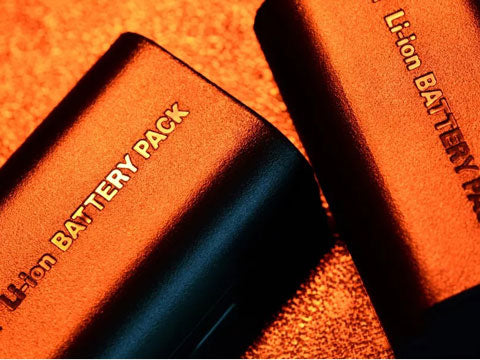
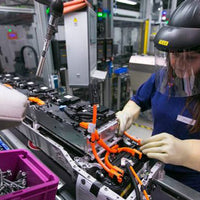
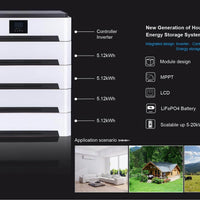
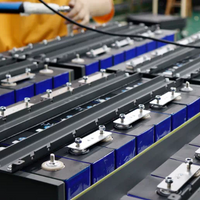
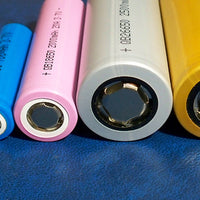
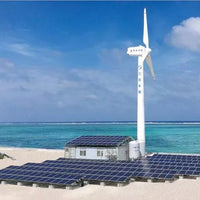
0 comments